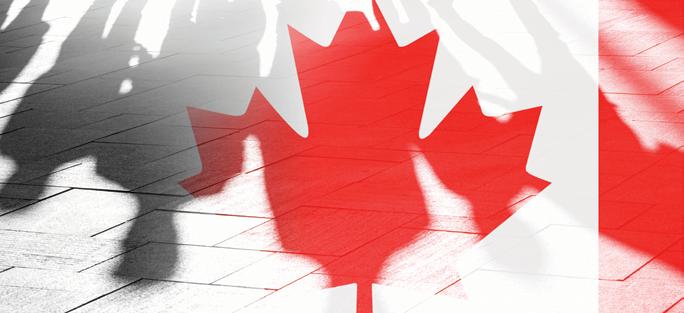
1 minute read
Canadian Border
Arriving at the Canadian Border
When you arrive in Canada at the airport or land border crossing, a Government of Canada officer will meet you and:
Advertisement
•ask to see your passport and/or travel documents (see list below) • ask you a few questions to ensure you meet the eligibility requirements to enter Canada
Please note: The officer may ask further questions about when you intend to leave Canada.
Have the following documents ready to show the Immigration Officer:
•Valid passport and/or travel document which contains either: • A Temporary Resident Visa (TRV) OR • Electronic Travel Authorization (eTA). If you have an approved eTA, it will be linked to the passport that you used to apply for your study permit • Letter of introduction the visa office sent you when they approved your study permit (this letter has your permit reference number which is used to issue your study permit) • Printed copy of your Niagara College – Toronto Letter of Acceptance (LoA) • Printed copy of your Niagara College – Toronto field placement letter (if applicable). To find out if you need a field placement letter, please contact the
Niagara College – Toronto Career Services team • Letters of reference, or any other documents the visa office advised you to bring • Proof of financial preparedness; you must be able to demonstrate you have financial support during your stay in Canada – this can include your tuition receipt showing you have paid your tuition/school fees • Disclosure of funds: If you arrive in Canada with more than CAN $10,000, you must inform the government officer. If you do not let the officer know, you could be fined, and your funds could be seized. This includes cash, securities that belong to you (for example, stocks, bonds, debentures, treasury bills), or bankers’ drafts, cheques, traveler’s cheques, or money orders • Valid immigration medical examination results if the student comes from a designated country or territory (meaning a country or territory for which they are required), or if they are:
»A medical student
»A student in a health sciences field who will have placements in healthcare or homecare settings » An education student who will have placements in primary or secondary schools » Teaching small children
•Proof of full vaccination




